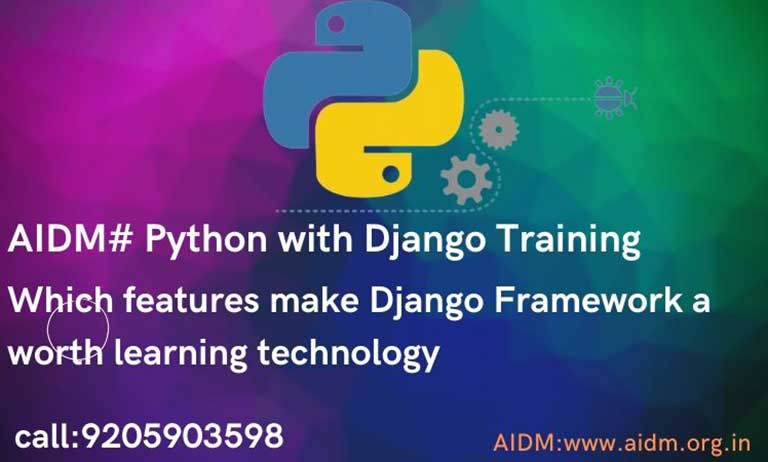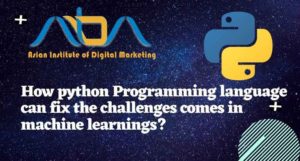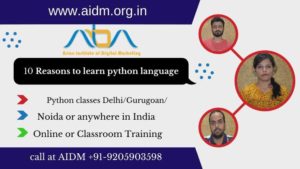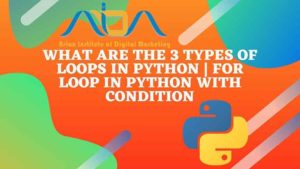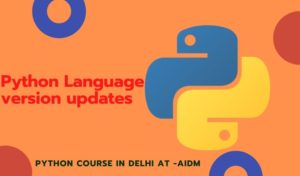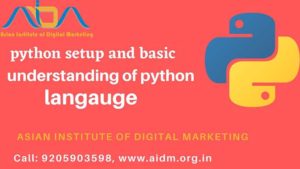Post Contents
This is our next post in the series of python language tutorial which is basically based on variables, data types works and behaviours. AIDM, which is one of the best python institutes in Laxmi Nagar bring this wonderful opportunity to you. In this, we will provide you with all the information about python language (from its setup and advanced level knowledge).
Variables
In many programming languages, factors are statically composed. That implies a variable is at first announced to have a particular information type, and any worth doled out to it during its lifetime should consistently have that type.
Factors in Python are not dependent upon this limitation. In Python, a variable might be doled out an estimation of one sort and afterwards re-doled out an estimation of an alternate kind
Python data types
Data types are the arrangement or order of data things. Data types speak to a sort of significant worth which figures out what activities can be performed on that data. Numeric, non-numeric and Boolean (Right/wrong) data are the most utilized data types. Be that as it may, each programming language has its own arrangement to a great extent mirroring its programming theory. There are following data types:
Numeric
It is a representation of data which has some numeric value. It has three types in a number
Integer: It has positive and negative whole numbers
Flot: If a number is representing with the floating-point in which fractional component and it is denoted by a decimal symbol or scientific representation.
Complex number: If a number is representing with a real and imaginary component which can be represented by x+yj. Here x & y are floats, j represent -1.
Boolean
It is a data type with two built-in values (True/False). In short ‘T’ and ‘F’. these are not valid booleans and python language show an error for them.
Behaviours in python
Objects in Python are generally classified according to their
behaviours and the features that they implement. For instance, the entirety of
the sequence types such as strings, lists, and tuples are gathered just because
they all happen to support a common set of sequence operations such as s[n],
len(s), and so forth. All basic interpreter operations are implemented through special article methods.
User-defined classes can define new objects that carry on like
the inherent types simply by supplying a suitable subset of the special methods
described in this section. In addition, working in types such as lists and
dictionaries can be specialized (through inheritance) by redefining some of the special methods.
It will be good if you learn Data Science course in delhi yourself by joining the Django training in delhi
So this is the basic information about variable, datatypes work
and behaviours in python. We have provided both the video on this topic as
well, you can also go through them. If you are interested to do a full-time
course, you can contact AIDM, which offers the best python course in Delhi.
Recommended Blog For You:
